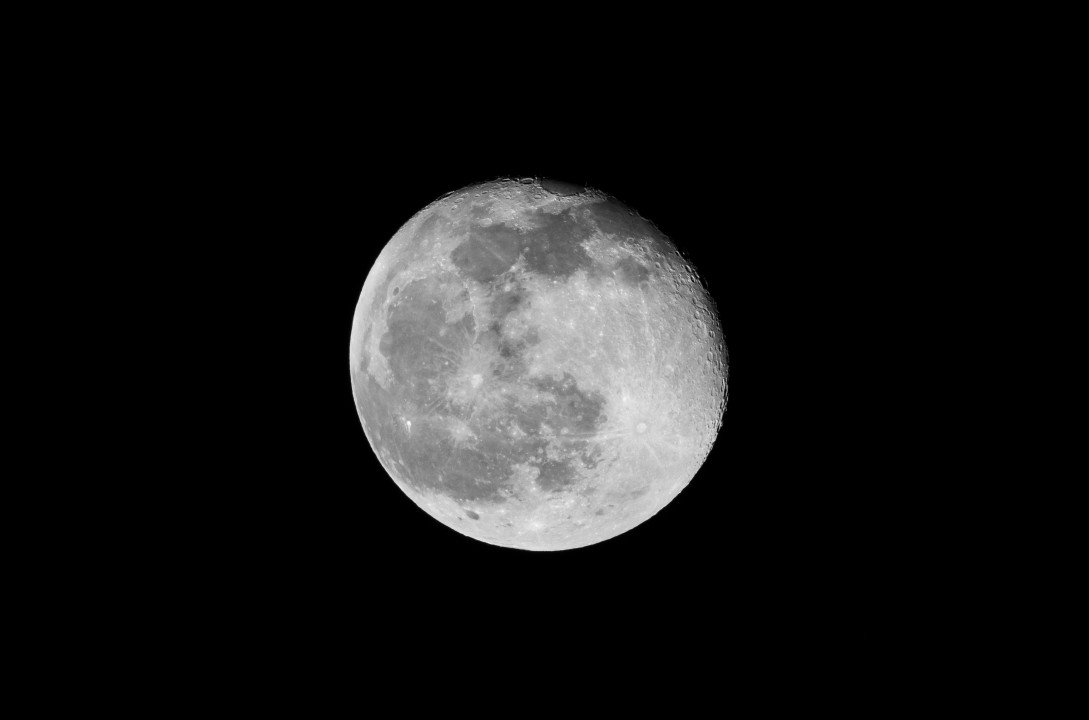
Wonders in the sky and men fainting with fear and with foreboding of what is coming on the world.
Examples that could resolve this market as "YES":
Big impact on the Moon that is shocking to naked eye observers
An exceptionally bright comet visible during the day, at minimum matching the Great Comet of 1744 (magnitude −7) with striking tail
Supernova no dimmer than SN 1006 (-7.5 mag)
Satellite constellation similar to Starlink trains, but order of magnitude more striking
A big space station visible to the naked eye with angular diameter larger than the moon
Perhaps some extreme northern lights (if even physically possible) visible on all latitudes, turning night into day, etc.
etc.
Should be seen from multiple continents; a bright meteor will not normally count.
@mariopasquato as long as they fit the criterion for auroras, multiple continents, etc. I will be super strict with auroras and bolides since I don’t want anything remotely ordinary to count.
@mariopasquato The explosion itself in insufficient because it is too localised geographically. However in combination with, per Wikipedia, "auroras [...] observed in the detonation area, as well as in the southern conjugate region on the other side of the equator from the detonation" I think it would count if the auroras in the conjugated region were noticeable to unsuspecting observers.
Two such explosions in different places within a short time interval would count by themselves.
How about a projected hologram advertisement on the moon? https://www.linkedin.com/pulse/marketing-moon-turning-night-sky-billboard-amol-naresh?utm_source=share&utm_medium=member_ios&utm_campaign=share_via
@BTE this may be far too physically challenging to be worth the investment
@BTE Borderline case .. only if it was seen from multiple continents as an extraordinarily bright bolide (definitely brighter than the Chelyabinsk 2013 meteor - I will not resolve for a regular bolide) before impacting .. which I don't think was the case.
I see Tunguska was accompanied by ice/dust clouds visible over Europe, so depends on whether those were striking to a naked eye observer. Combination of the bolide, impact, and the clouds could just have been enough to cross the threshold.
A necessary criterion is that it has to be a striking sight to unsuspecting observers on multiple continents.
